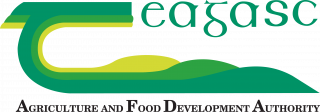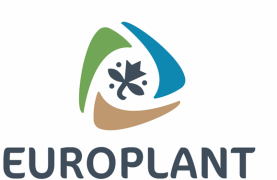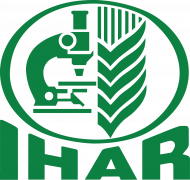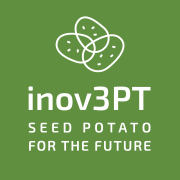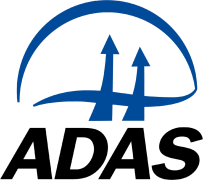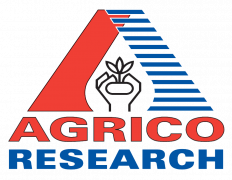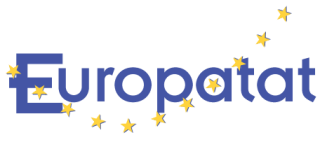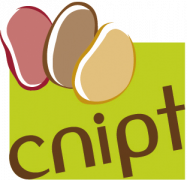Accurately detecting potato leaf diseases is essential for sustainable agriculture, as early intervention can reduce crop losses and minimize the environmental impact of excessive pesticide use. However, this task remains challenging due to the high-dimensional nature of image data and the variability of disease symptoms under different environmental conditions. This study presents a deep learning framework that integrates advanced feature extraction, dimensionality reduction, and metaheuristic optimization to address these challenges to enhance classification performance. Deep features were extracted using the pretrained InceptionV3 (GoogleNet architecture), followed by feature selection techniques, including principal component analysis (PCA), t-distributed stochastic neighbor embedding (t-SNE), random forests, and logistic regression, to refine the most informative features. To capture complex feature dependencies, copula preprocessing was employed, transforming data into a standardized, dependency-aware representation. The baseline Deep Q-Network (DQN) model achieved a promising accuracy of 0.90625, demonstrating strong initial performance. Further optimization using the Ocotillo Optimization Algorithm (OcOA) significantly improved this accuracy to 0.980168269, confirming the effectiveness of OcOA in hyperparameter tuning for deep reinforcement learning. These findings underscore the potential of combining deep learning, copula-based preprocessing, and advanced metaheuristic optimization to enhance the precision and sustainability of automated agricultural disease detection, supporting more efficient crop management and reduced environmental impact.
Full publication URL
